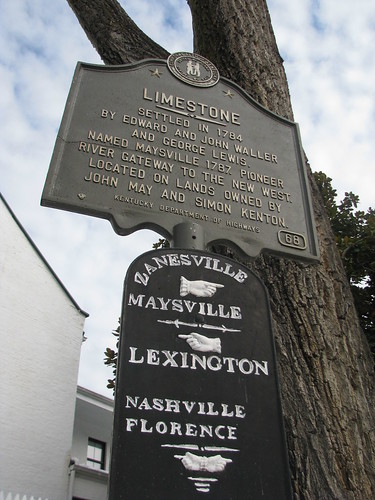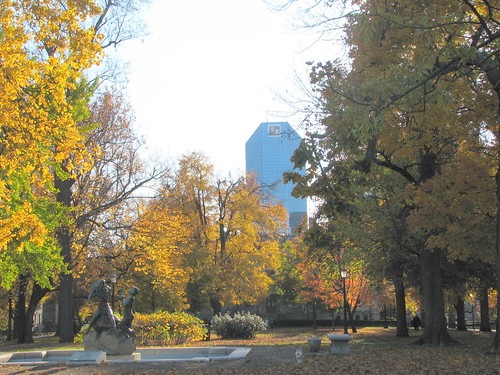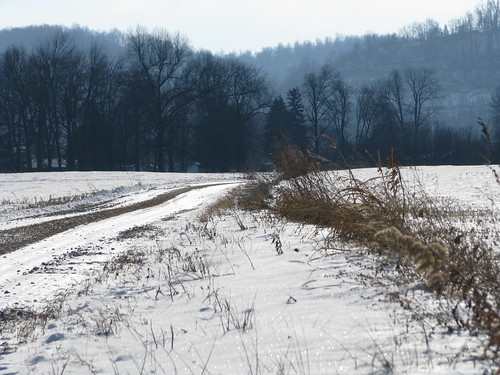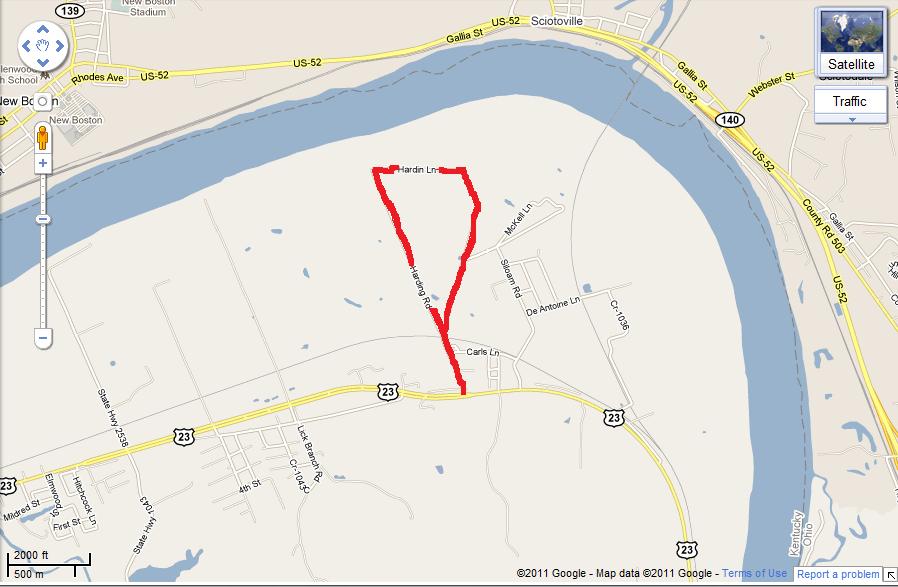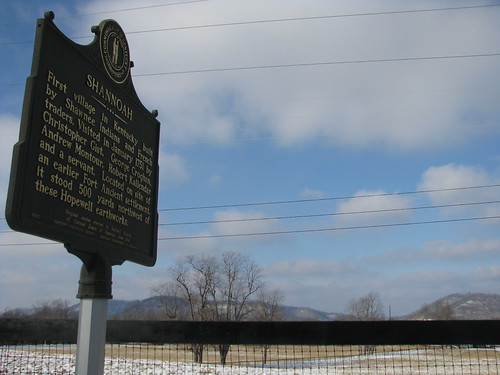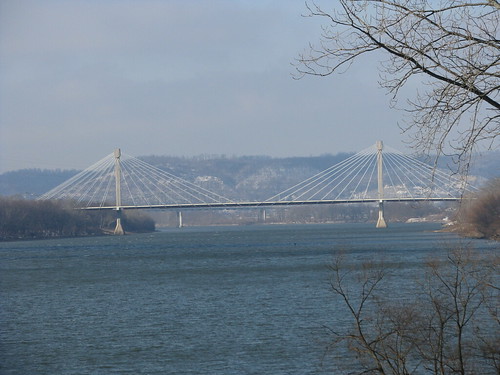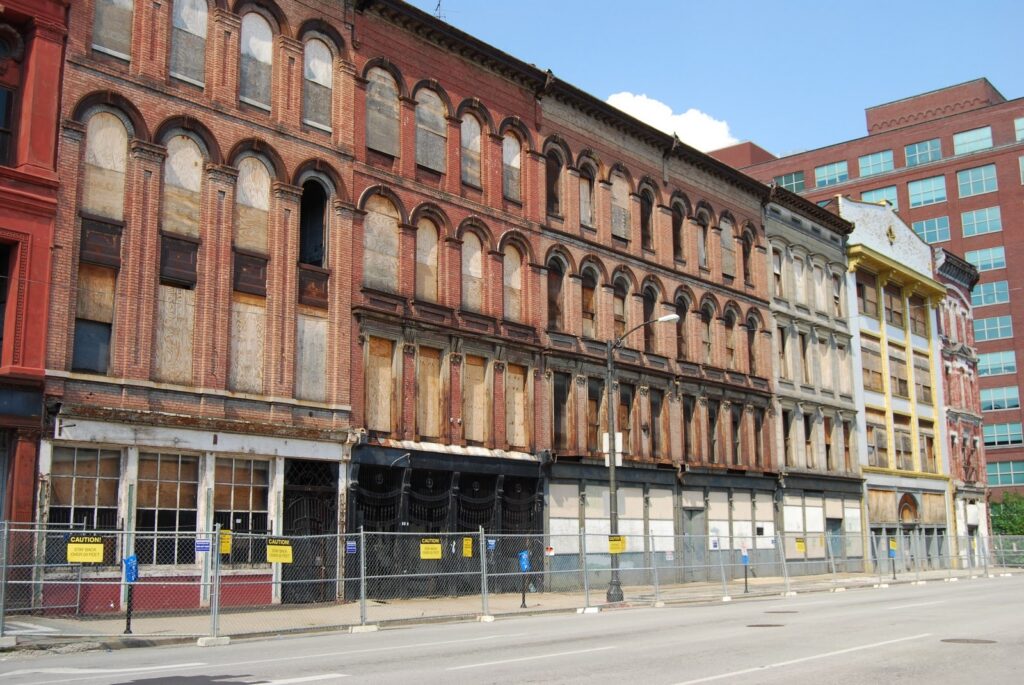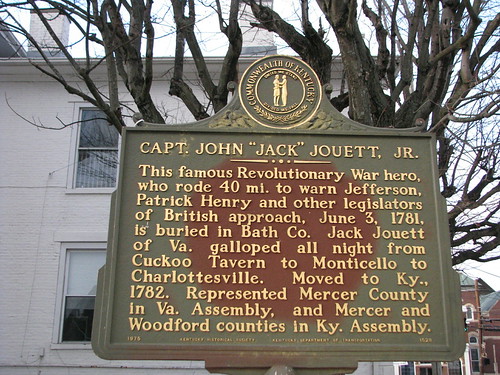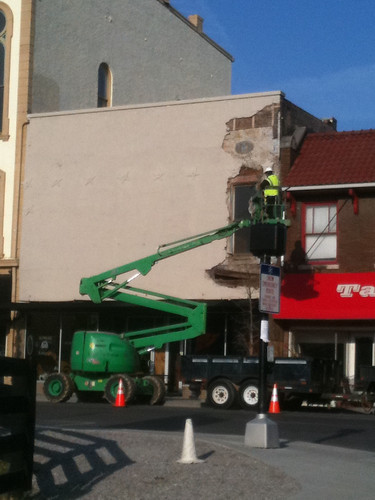In December, we posted on the nomination of five Kentucky sites to the National Register of Historic Places. Over the past week, each of the five became listed on the register.
Additionally, a sixth Kentucky site was added to the National Register. The Joseph Crockett House – an “old stone house on the banks of Hickman Creek” [*] in Union Mill, Jessamine County in 1803 was also added to the Register.
Crockett came to Kentucky in 1784 and was involved in Kentucky’s statehood. Lt. Crockett received a land grant of 1900 acres for his service in the American Revolution and began the Union Mill community and built its first gristmill. In 1801, President Jefferson appointed Crockett to be the U.S. Marshall and he served in that capacity for about eight years. One of Crockett’s most famous acts as a Marshall occurred in 1806. Joseph Hamilton Daviess, the U.S. District Attorney for Kentucky, had Crockett serve Aaron Burr with the government’s charges of treason. (Burr was acquitted at trial; his attorney was Henry Clay.) Crockett died in 1829. There are a lot of other fascinating stories about him (so I’ll do a full post some other time…).
The other sites added to the National Register are the J. Hawkins Hart House in Henderson, Henderson County, the Jenkins School in Jenkins, Letcher County as well as three sites in Louisville (Jefferson County): McBride’s Harrods Creek Landing, Miller Paper Company Buildings and the Most Blessed Sacrament School.

